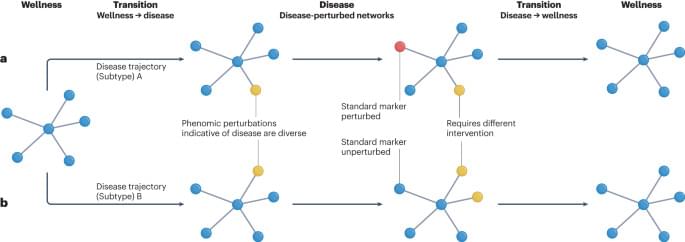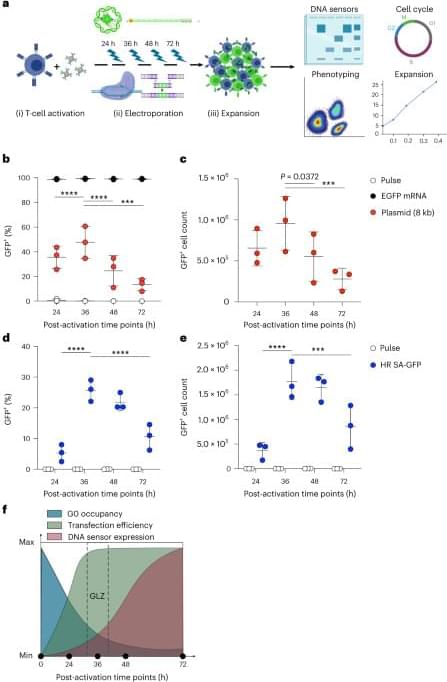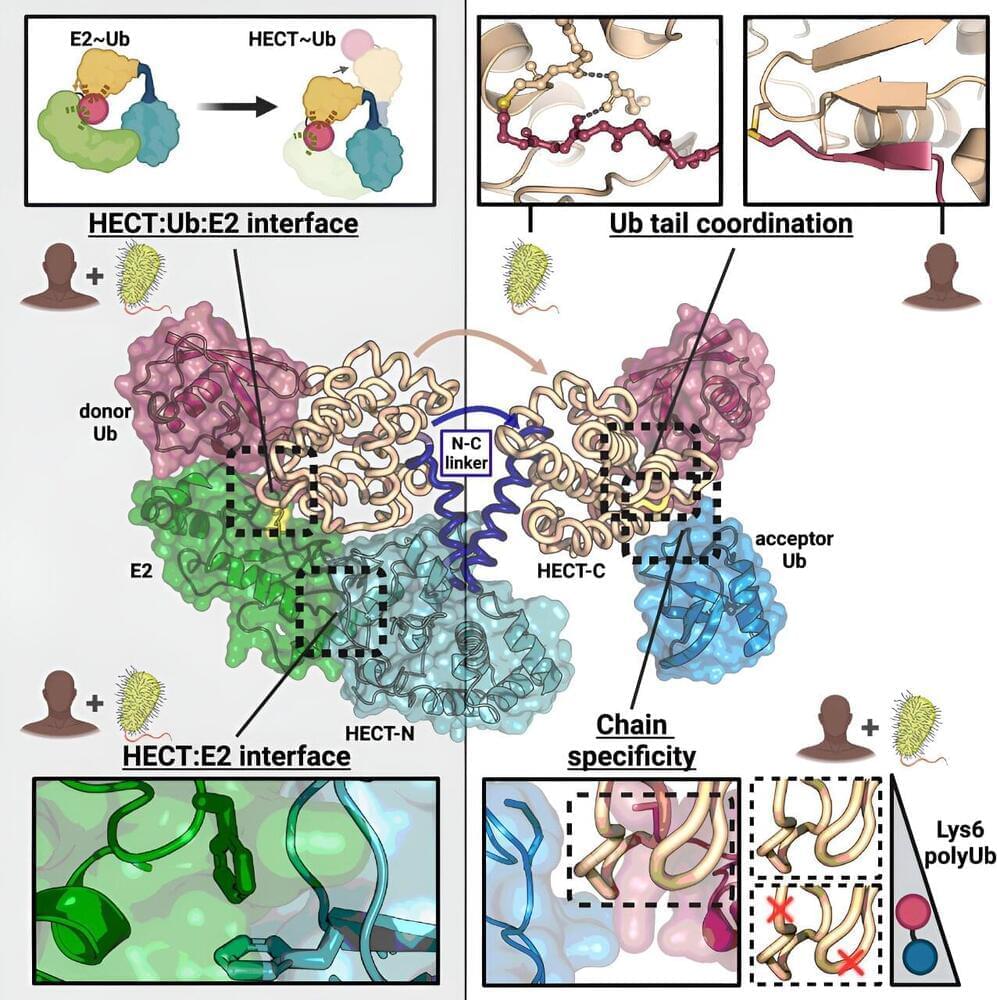A recent study published in JAMA Network Open investigates the level of usage of hemp-derived cannabinoids, including cannabinol (CBN), cannabigerol (CBG), Delta 8-THC, and cannabidiol (CBD). The reason hemp-derived cannabinoids were chosen for the study was due to passage of the 2018 Farm Bill, which removed hemp from the definition of marijuana previously outlined in the Controlled Substances Act (CSA). However, THC is still classified as a Schedule I drug, meaning it’s still illegal under federal law, and despite the “de-scheduling” of hemp, there is presently no data regarding the estimated usage of hemp-derived cannabinoids.
“While the de-scheduling of hemp products initially opened up the market for CBD products, it also applies to the 100-plus cannabinoids also found in the plant,” said Dr. Kevin Boehnke, who is a Research Assistant Professor in the Department of Anesthesiology and the Chronic Pain and Fatigue Research Center at the University of Michigan, and a co-author on the study. “That means, as with CBD, all of them can follow that same path and be sold in gas stations, as ingredients in cosmetics, as well as in dispensaries—there will likely be substantial proliferation of some of these compounds.”
For the study, the researchers conducted a cross-sectional survey study of individuals aged 18 and up inquiring about past-year use of hemp-derived cannabinoids. Of the 6,666 participants who received the survey, only 1,169 completed it. Of those 1,169 participants, the researchers found that 71.7 percent had heard of CBD compared to 41.2 percent, 18.4 percent, and 16.8 percent for Delta 8-THC, CBG, and CBN, respectively. Additionally, 21.2 percent of the participants reported using CBD within the past year compared to 11.9 percent, 5.2 percent, and 4.4 percent for Delta 8-THC, CBG, and CBN, respectively, with 25.5 percent of participants reporting using some type of emerging cannabinoid within the last year, as well.








